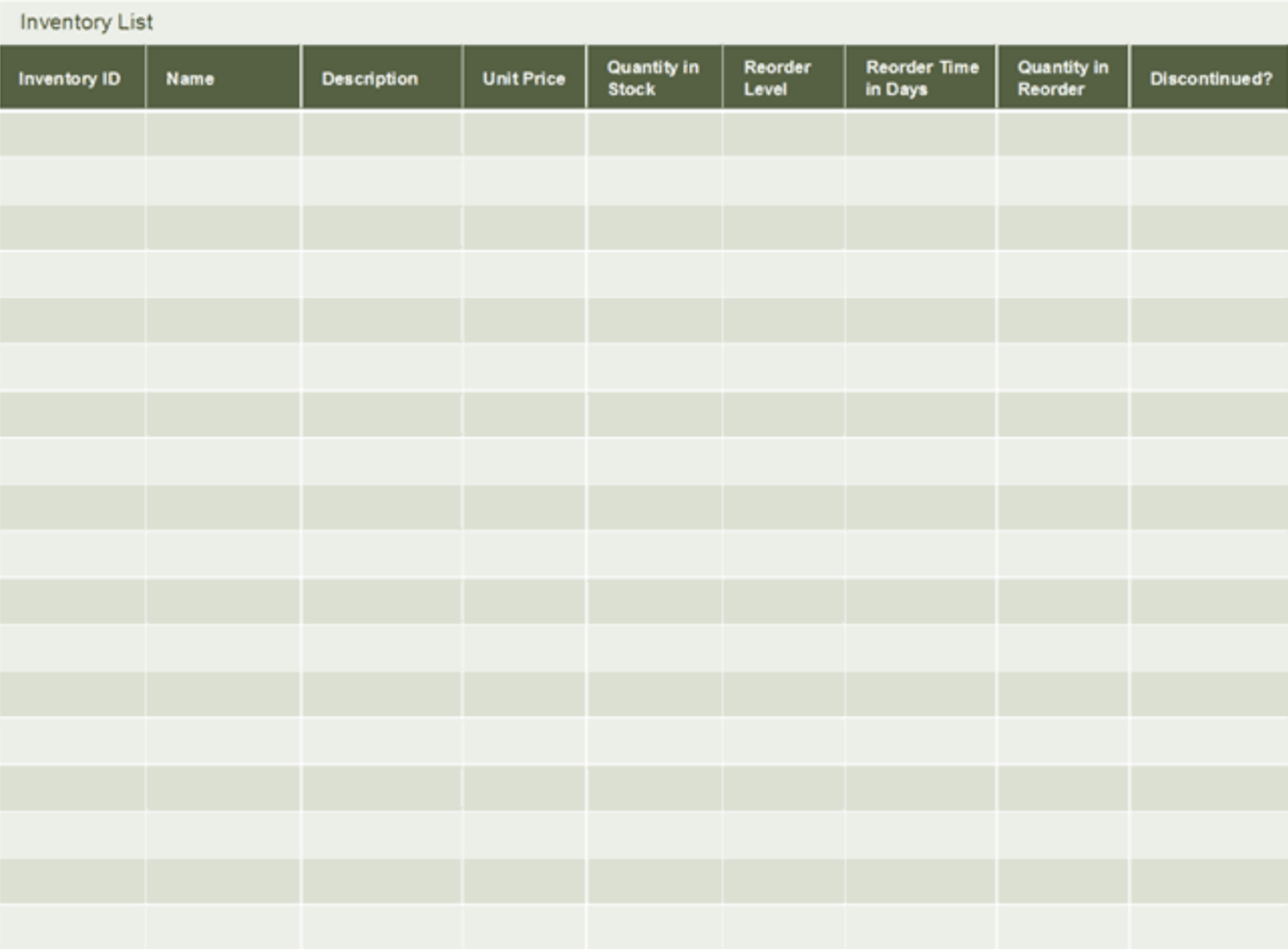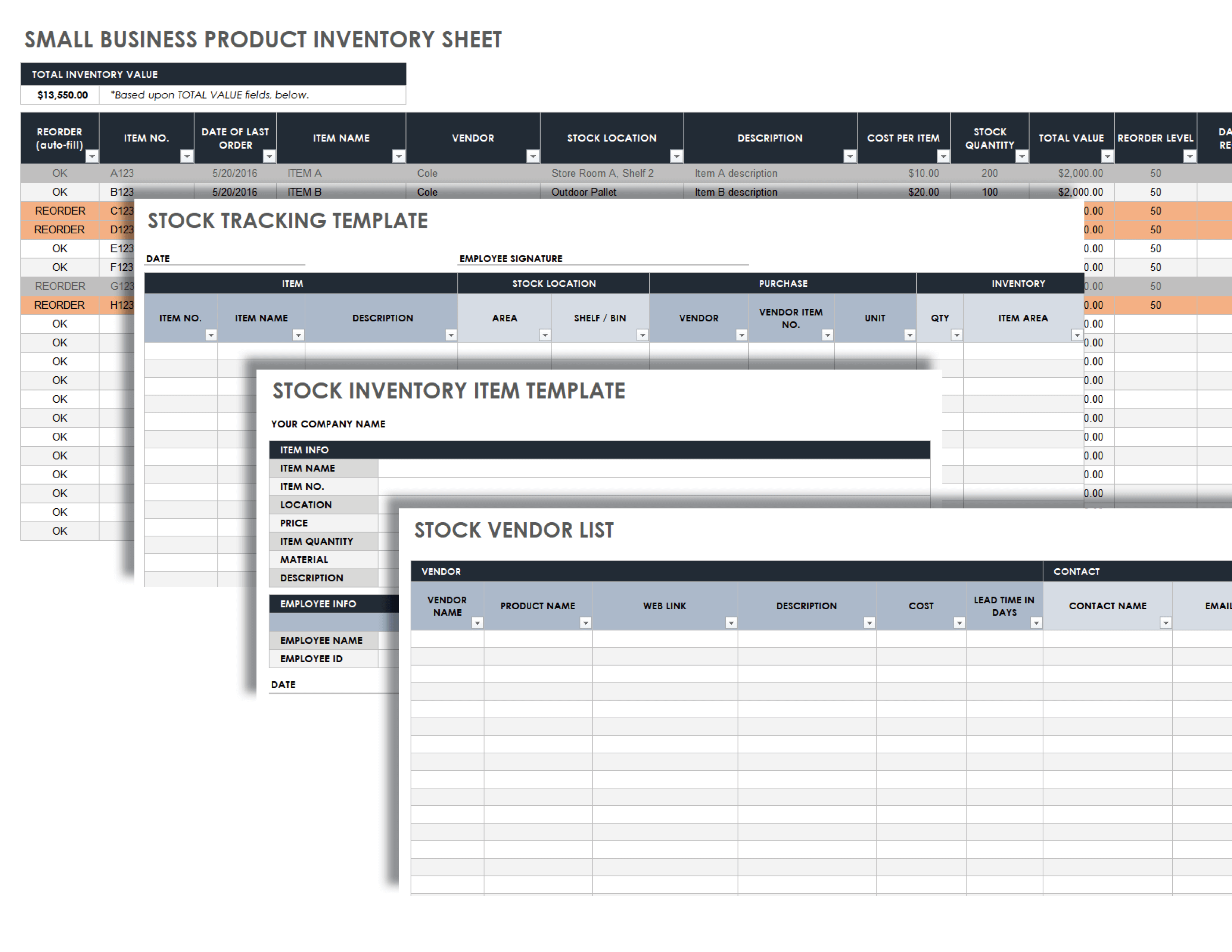Business inventory for new business partnership – Understanding business inventory is crucial for the success of any new business partnership. Effective inventory management can optimize operations, minimize waste, and maximize profits. This comprehensive guide delves into the intricacies of business inventory, providing valuable insights and strategies for new partnerships.
From valuation methods to forecasting techniques, this guide covers all aspects of inventory management, empowering you to make informed decisions and establish a solid foundation for your partnership.
Inventory Management Strategies

Effective inventory management is crucial for the success of any new business partnership. It helps businesses optimize their inventory levels, minimize waste, and improve their overall profitability.
There are several key inventory management strategies that new businesses can implement to improve their operations. These include:
KPIs for Inventory Management
Key performance indicators (KPIs) are metrics that businesses use to measure the effectiveness of their inventory management practices. Some common KPIs for inventory management include:
- Inventory turnover ratio: This measures how quickly a business is selling its inventory.
- Days inventory outstanding: This measures the average number of days that a business holds inventory before selling it.
- Inventory shrinkage: This measures the loss of inventory due to theft, damage, or obsolescence.
Optimizing Inventory Levels
Optimizing inventory levels is essential for minimizing waste and improving profitability. Some tips for optimizing inventory levels include:
- Using a demand forecasting tool to predict future demand for products.
- Setting safety stock levels to ensure that there is always enough inventory to meet demand.
- Using inventory management software to track inventory levels and identify trends.
Inventory Forecasting Techniques

Inventory forecasting is crucial for new business partnerships as it helps predict future demand and optimize inventory levels. Accurate forecasting ensures businesses have the right amount of inventory to meet customer needs without overstocking or experiencing stockouts.
Quantitative Forecasting Techniques
- Time Series Analysis:Analyzes historical data to identify patterns and trends, using statistical models like moving averages or exponential smoothing.
- Regression Analysis:Establishes a relationship between inventory demand and independent variables like seasonality, economic conditions, or marketing campaigns.
Qualitative Forecasting Techniques
- Expert Opinion:Involves gathering insights from experienced individuals, such as industry experts, sales managers, or customers, to estimate future demand.
- Market Research:Conducts surveys, interviews, or focus groups to gather data on consumer preferences, market trends, and competitive dynamics.
Factors to Consider When Choosing a Technique, Business inventory for new business partnership
- Data Availability:Consider the availability and quality of historical data for time series analysis.
- Forecast Horizon:Determine the length of time the forecast needs to cover, as different techniques are suitable for short-term or long-term forecasting.
- Accuracy Requirements:Assess the level of accuracy required for the forecast, as some techniques are more precise than others.
Ending Remarks: Business Inventory For New Business Partnership

By implementing the strategies Artikeld in this guide, new business partnerships can effectively manage their inventory, optimize operations, and achieve long-term success. Remember, inventory management is an ongoing process that requires regular monitoring and adjustment to adapt to changing market dynamics and business needs.
